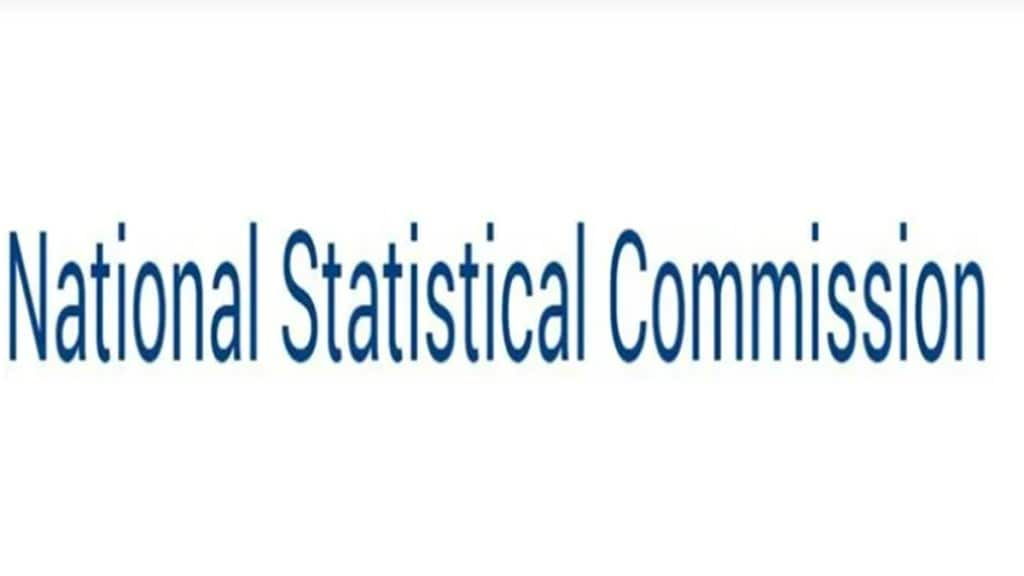Data from government-conducted surveys should be available in a matter of days or weeks rather than months, National Statistical Commission’s (NSC’s) chairperson Rajeeva Laxman Karandikar said, adding that this would be his key priority. In an interview with Surabhi, Karandikar said the first meeting of the commission he chaired on Wednesday took stock of the key challenges being faced by the country’s statistical system. As of now, there is no plan to revise the base years for various indices, he said.
What are your top priorities at NSC, given that statistics is often seen as a very weak point in the country?
Statistics had been a strong point in India till Professor Mahalanobis was alive. But over the last 50 years the system has been slow in adapting to the changes in the statistical methodology, availability of data and in creating awareness about what it does. Statistics is being used by much wider groups now than one or two decades ago. Earlier, policymakers were not always using data, but now they are willing to use it. But our statistical system seems to be living in the past. Now we have reached a scenario where if somebody wants economic data in India, they trust the Centre for Monitoring Indian Economy (CMIE) (a non-government agency), as their data is good and timely. The data collected by MoSPI (ministry of programme implementation) may even be better but it comes with a time lag of several months, sometimes even a year! I have said at the NSC meeting also that the delay means that the generated estimates are irrelevant to policy makers. My first priority is to ensure that we reduce the time gap as much as possible. And it should not be in terms of months, we have to talk in terms of days or weeks.
How will you go about this?
We have to do two things. One is to change the design of the processes of sample generation. If our aim is to publish the report in 10 days, then we start from there, and see how best to do it using the auxiliary data now available. There are other issues, like the questionnaire being too long. The average time taken for a respondent to reply to the investigator in several surveys undertaken by MOSPI is two hours. While people in rural India generally have been cooperative, this is a big challenge in urban India.
We need to reduce this (time taken) dramatically, by asking fewer questions. We also need to interact with the user ministries and agencies a lot more and keep only the questions that they really require, not start from their wish-list. Government entities and agencies seem to work in silos when it comes to issues related to data. I will try to meet the stakeholders in user ministries to understand what they want from the data and help them in decision-making. We can’t change much in the surveys, that have been initiated but we will change all this in the next survey that we plan and design.
Are revisions of the base year of indices on the cards?
No such proposal was discussed in the first meeting. But as things change, one has to change the base year. We will take this up.
Also read: Varde-Arena raises bid for Srei firms
Is the updation of the IIP and CPI basket being planned?
As we change the base year, the basket will also get updated. Our first priority is to address issues on time lag and the design and process of the surveys. Then we will take up these other issues.
Volatility of data such as IIP has been a concern. What is your view on that?
Even with the best of efforts, there are limitations. Even if the true picture remains unchanged, one can’t avoid volatility of the estimate in a statistical exercise. These issues get highlighted because everybody looks at them from a political angle. But just by looking at the data, one should not jump into conclusions. Saying that anything positive being shown is only because the government is manipulating it, is incorrect as there could be positive changes happening. How can we discount that? But having said that, there is always a risk that there is volatility injected in the estimate due to sampling. One must remember that statistical estimate is not the truth, the whole truth and nothing but the truth — but it is our best estimate or guess of the truth.
Lack of trained statisticians in the government sector is a big challenge. How can that be tackled?
Yes, that is definitely a big issue. Even to find talented people to do a PhD in statistics and take up teaching and research as a profession is a challenge because there is huge demand from the industry for trained statisticians. The salaries (in the private sector) are very attractive. How to tackle this is a difficult question to answer. The way it is solved in the US is to offer a higher salary to say a statistics professor than say a mathematician or a linguist.
In India, it is a uniform salary across all disciplines. At the Chennai Mathematical Institute, we have a program for MSc in Data Science. It is not a Masters in statistics, but they are taught some statistics along with mathematics and the computing and, more importantly, what the industry needs. The job market for our students is booming. So, one way is that people with other skills will have to pick up the relevant statistics-related skills that they require for teaching. For a whole lot of work that MOSPI needs to undertake, one does not require too much statistics background, other skills are also important.


